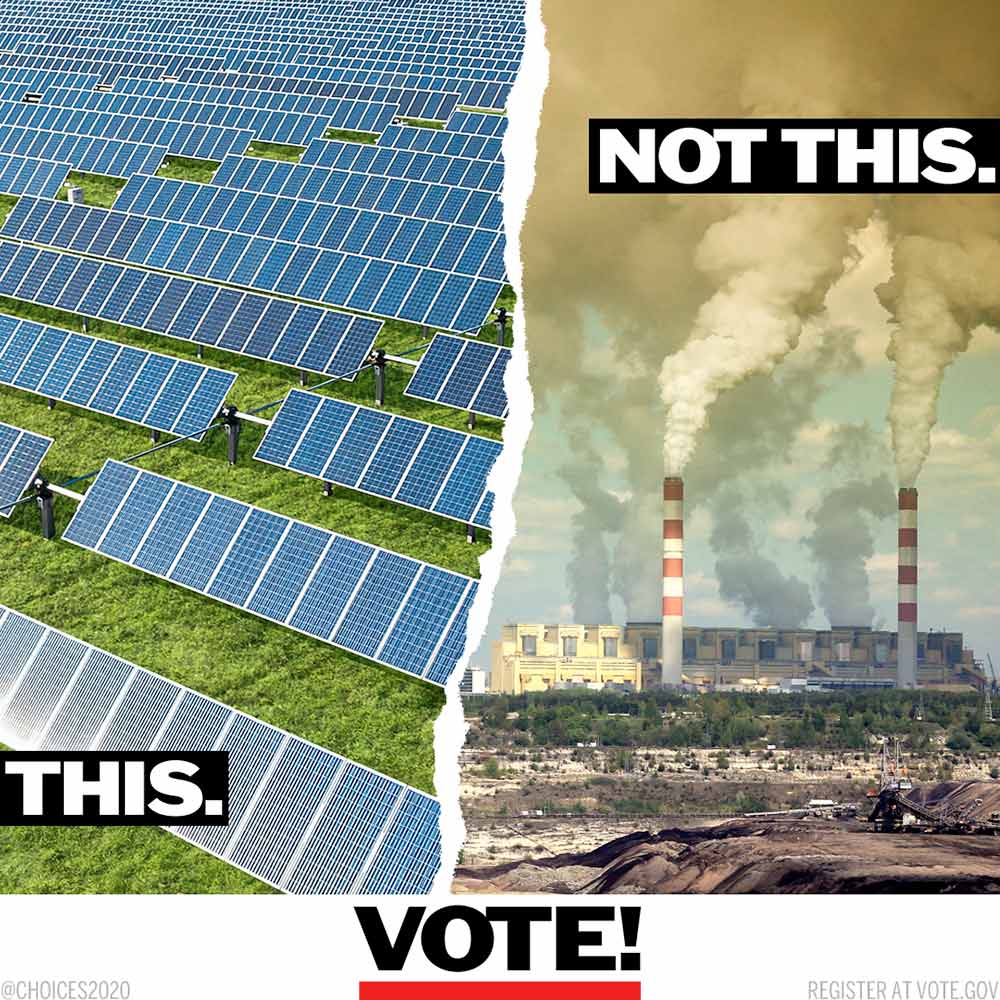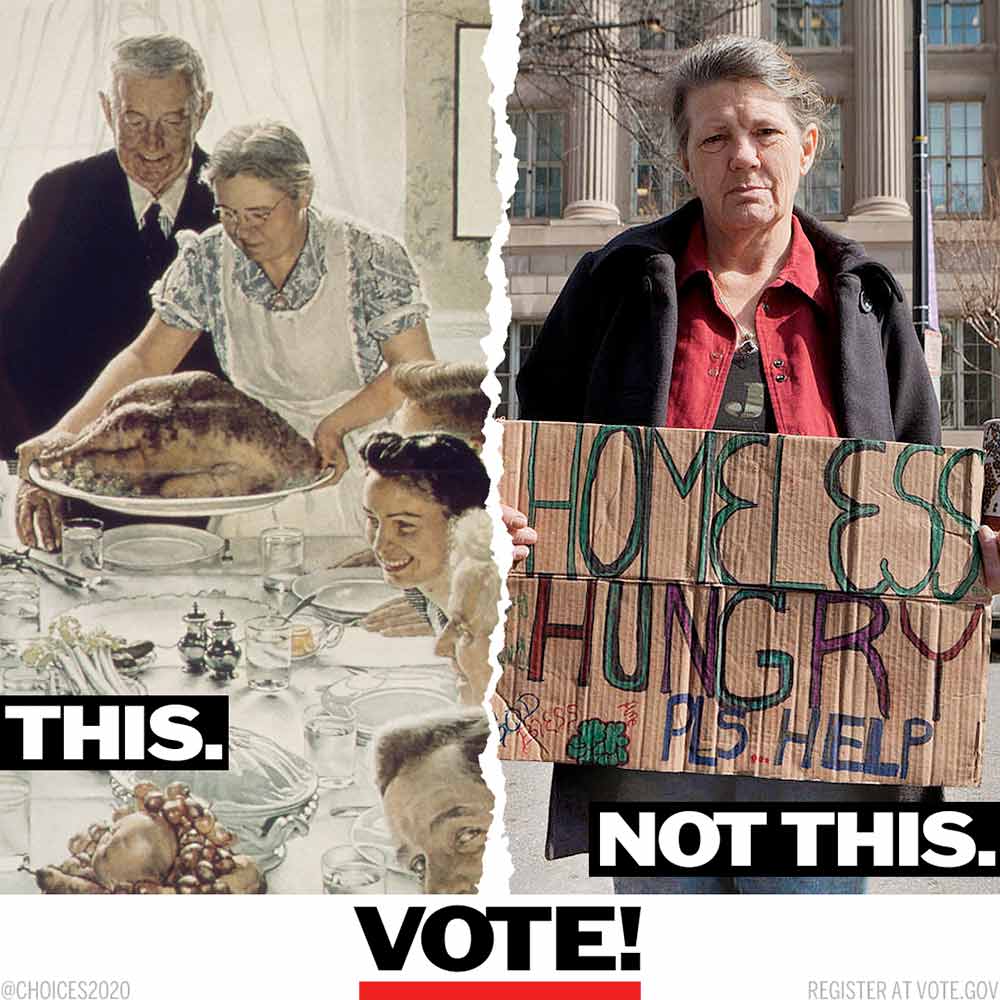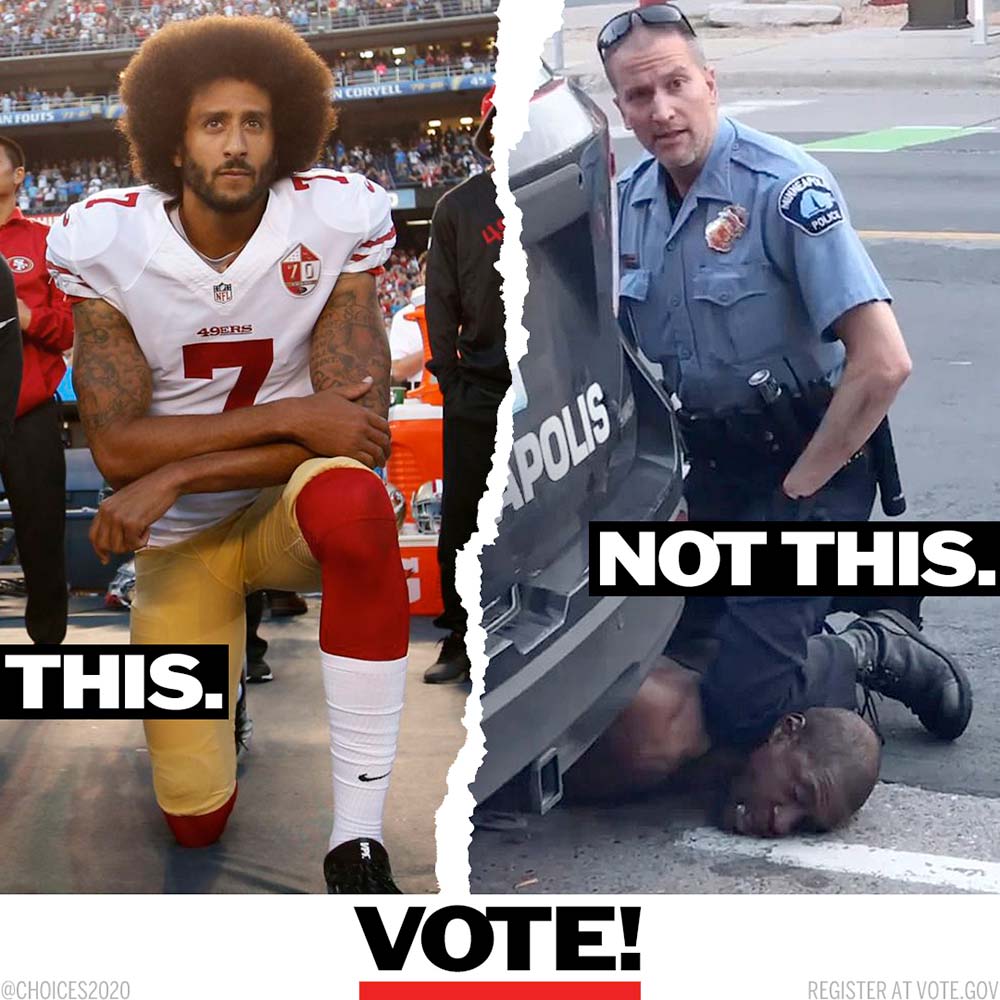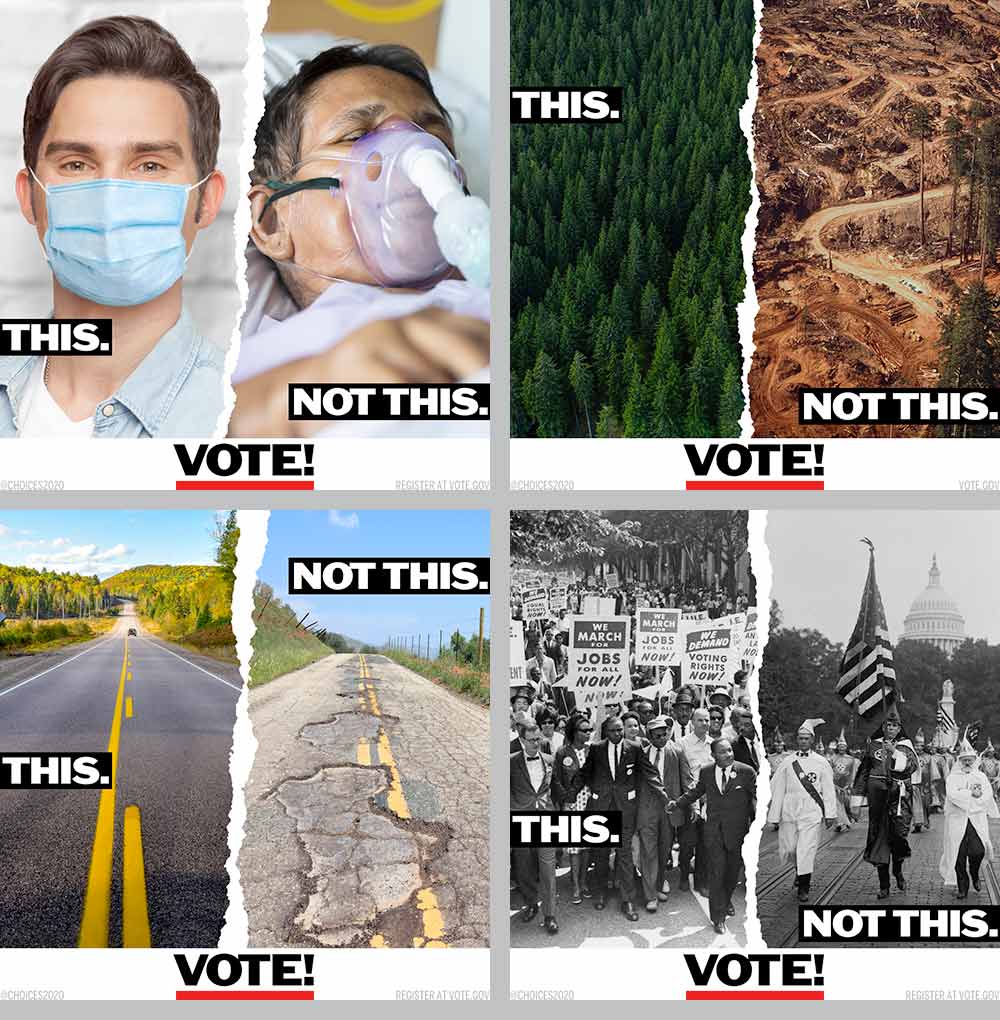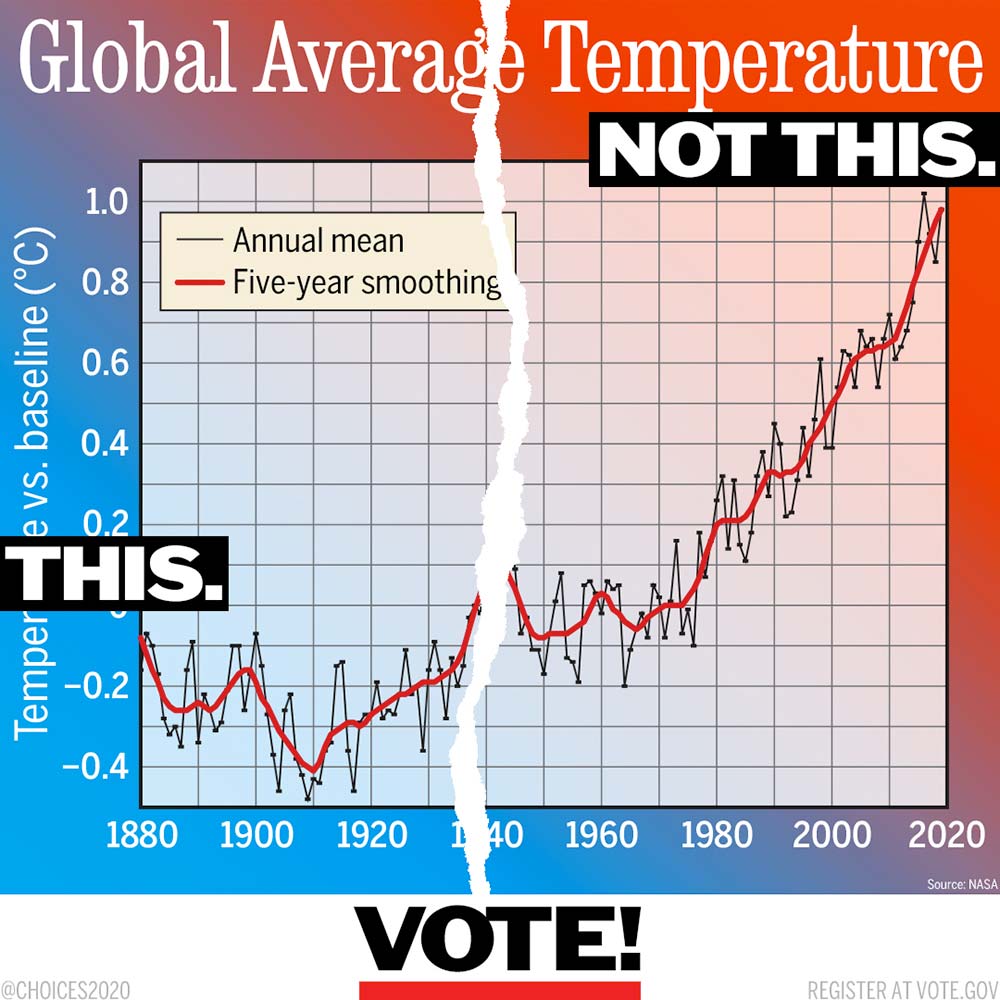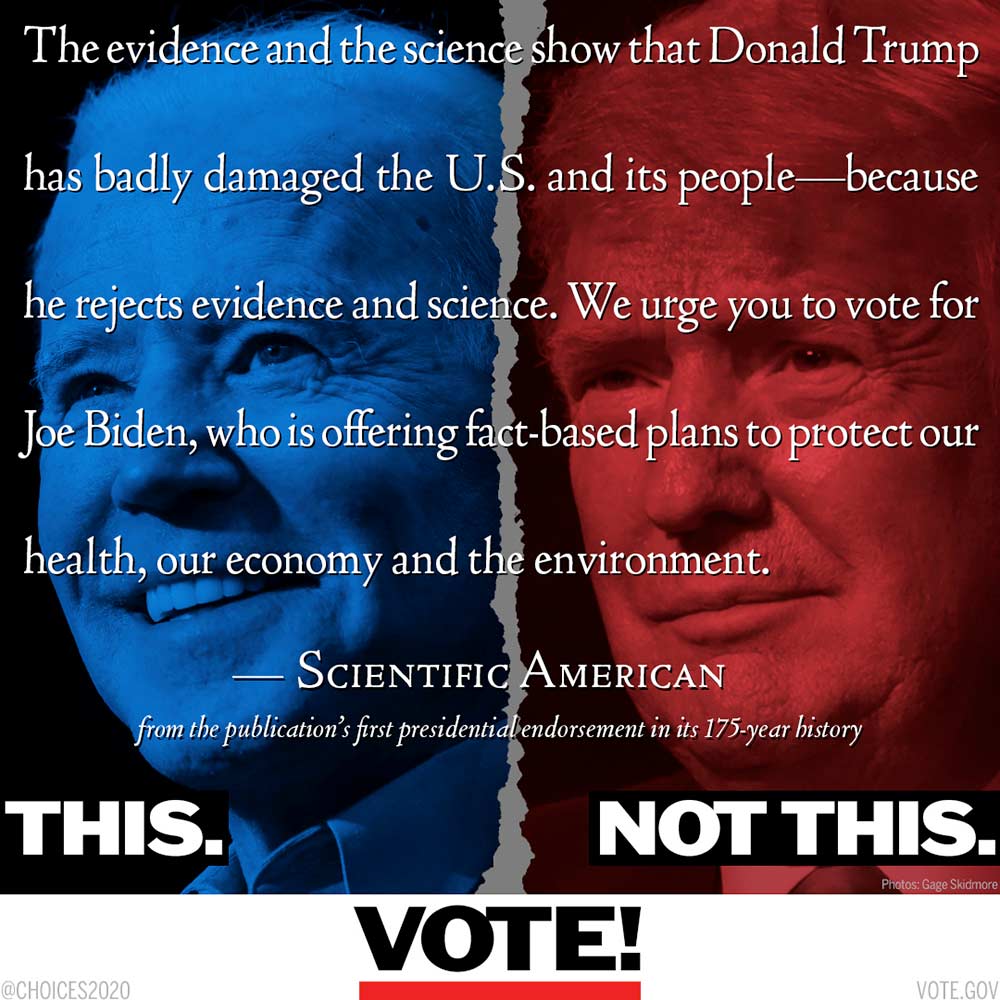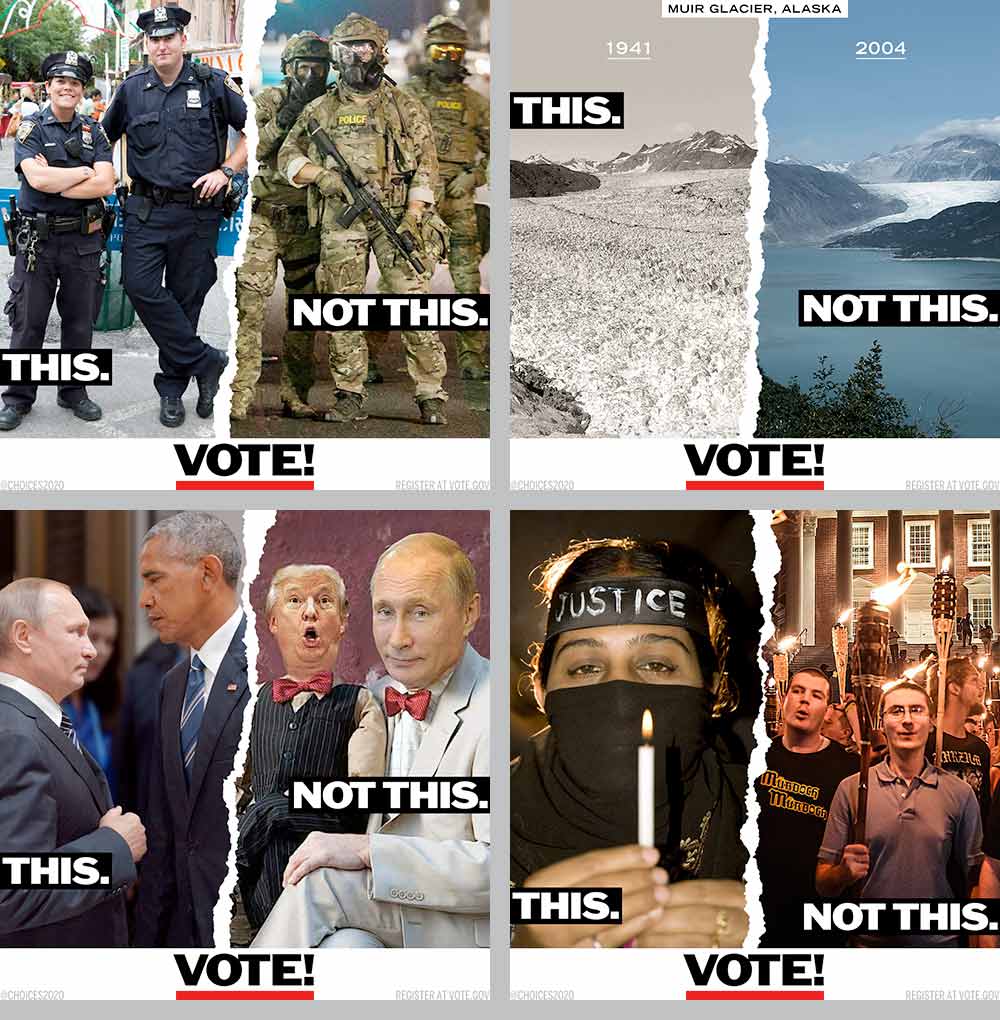was the area of commercial art that drew me into the field. Growing up, many of my friends’ dads worked in advertising, some as art directors. In college I majored in advertising, and my first “real” summer job was in an ad agency, as was my first gig out of school. I’ve always loved using both images and words to impart a message.
I have not, however, had the opportunity to do a lot of advertising over the years. My career has taken me into graphic design – branding and packaging and publication design specifically – and though I believe all of the commercial arts are intimately related, I think of graphic design as being somewhat more about form, and about the visual more than the verbal; in that sense it’s more akin to fine art, and further from marketing.
Last year, fate presented me with an extraordinary opportunity to co-create an ad campaign, and the experience proved gratifying in a bunch of ways.
Due to the COVID-19 pandemic, in March of 2020 most of the nation went into “lockdown.” All non-essential workers were directed to isolate at home. Many businesses, including some of my entertainment clients, were halted in their tracks, as no one was able to gather on sets to make movies and TV shows, or host live events. Suddenly I had some extra time on my hands.
After being quarantined awhile, I felt the need to reach out to friends, even more than usual. I spoke with several people on the phone that I typically communicate with only by email. One of those was Dave Hackel, whom I’ve known for more than 50 years.
When the two of us connected, we discussed a number of topics and, inevitably, politics came up. Our political views align, and high on our list of concerns was that Donald Trump might somehow win a second term.
We began discussing various ways to avert that tragedy and agreed that Democrats needed to improve their messaging. Specifically, we thought they could better communicate the importance of repairing many policies to which the Trump administration had done real damage.
In the last presidential election, we were upset that so few people actually voted, so we hoped to find a way to encourage people to get to the polls. We decided to create a series of ads designed for social media.
We thought to offer choices — not necessarily Democrat vs. Republican, or even Left vs. Right, but instead, quite simply, Right vs. Wrong. We identified a number of values-based alternatives with which we felt it would be difficult to disagree, and found poll results that confirmed our belief that a majority of Americans felt as we did on a range of topics*. Our hope in presenting these to-us-obvious right choices was to encourage citizens to act on their beliefs on these issues at the ballot box.
It took several weeks to dial in the language and the look. Here are some early approaches, followed by the piece we published on that theme.

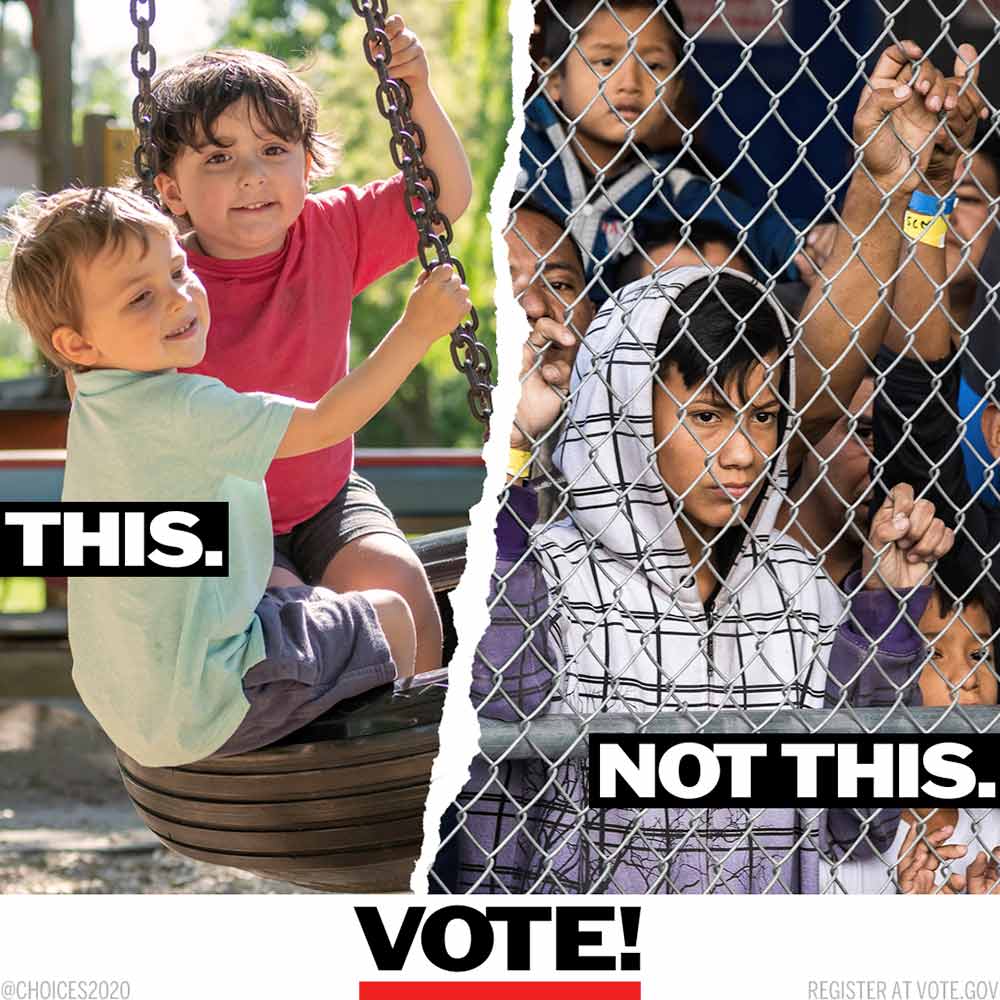
It was important that the images we used be acquired legally. Some photos, we discovered, were simply unavailable to us, and in the process of identifying the perfect images for our ads, we learned a ton about intellectual property rights — and even more about the issues we addressed via the images we found.
For example, the compelling image of the girl behind chain-link fencing in our early mockups was taken by a Washington Post photographer, and that publication doesn’t license its images except for editorial use. Research turned up another great image, and the freelance photographer who licensed it to us related this story:
On March 27, 2019 the U.S. Department of Homeland Security invited photographers to El Paso to document the migrants they were dealing with. The DHS imagined that photos of folks they’d apprehended would show the world what a problem it was for the agency to contend with the volume of people who’d crossed the border, and generate sympathy for their mission. Instead, the world saw hundreds of people jammed into cages — and the backlash was quick and strong. The photo op lasted exactly one day, and very few images of people held at DHS facilities have been seen since.
We knew from the outset we’d want to address environmental, health and immigration issues. Below is a favorite focusing on clean energy, the environment and by inference, climate change.
Quite a few other topics occurred to us as we began to develop ads. To no one’s surprise, our society is in dire need of attention and improvement on a number of fronts.
We also responded to several news events as they occurred. Our first post, in late July, was about wearing masks. (Incredibly, that remains a contentious topic.) Later, when word broke that the Postmaster General had directed the destruction of hundreds of mail sorting machines to make voting by mail less reliable, we addressed that. Before we even published our first piece, we’d created a response to George Floyd’s killing in May, and wrestled mightily — and, alas, unsuccessfully — to procure a photo of Colin Kaepernick kneeling. That was one of several pieces we were unable to publish for legal reasons.
Dave is a writer by profession and I’m a designer, of course, but the original campaign concept of juxtaposed images was Dave’s idea. I developed the format and produced each of the ads, but throughout the process both of us contributed visual ideas and copy. (In our social media posts, each ad was accompanied by a line or two of text.) The collaboration was comprehensive and thoroughly rewarding.
Once the format was established, the challenge for each piece visually was to find two images that told a story quickly, succinctly and powerfully. Though there were several exceptions to that format, most of our pieces feature essentially the same subject, seen two different ways. I had great fun emphasizing the similarities and the differences through the selection of images and in their processing and framing. In the end, no two ads looked alike, which I think added to the appeal of the campaign. Here are four pieces illustrating a variety of executions, followed by an ad that didn’t strictly adhere to the format but was well within the parameters of the campaign.
After we’d published just a handful of pieces, esteemed designer and author Steven Heller took note, and featured our campaign in his Daily Heller column, published by Print magazine.
Not all issues about which we, and most Americans, feel strongly are black-and-white. Immigration, for instance, required some nuance — we don’t believe the U.S. should close its borders, but neither should they be wide open. Thus we posted a graphic juxtaposing the Statue of Liberty and a photo of “Trump’s wall,” accompanied by this text: If you believe in a legal but welcoming immigration policy, vote for candidates who agree with you.
Another juxtaposition seemed strong and clear when we conceived it: an American flag opposing a Confederate flag. The problem is, of course, everyone across the political spectrum considers themselves a patriot. The American flag was hoisted by Black Lives Matter demonstrators last summer as well as by white nationalists marching in Charlottesville and elsewhere; it became clear that the message in our pairing wasn’t as unambiguous as we originally envisioned.
From the outset Dave envisioned our final post would feature Biden and Trump. To bolster our endorsement, we employed a passage from Scientific American’s first-ever declared presidential preference.
We ultimately published 24 pieces, and a 25th was featured exclusively in Heller’s article. We produced quite a few more that never saw the light of day for various reasons — they were preempted by more timely ads, or we thought them redundant with others we’d recently posted, or, as I mentioned, legal concerns got in our way. A couple of our unpublished pieces are shown elsewhere in this essay; here are four more:
This was a tremendously satisfying re-engagement with advertising. It was also an exceptional learning experience — not just about intellectual property rights, but about social media and, not least, about most of the subjects we addressed in our posts. For this sole proprietor, my collaboration with Dave was immensely fulfilling, as together we created work that, I’m confident in saying, neither of us would, or perhaps could, have done on our own. And in the end, it was gratifying to imagine that our efforts might’ve contributed, however modestly, to the unprecedented voter turnout in 2020, and, of course, to Mr. Biden’s victory.
. . .
To see the campaign in its native habitat, visit our pages on Twitter, Facebook and Instagram.
Also, please enjoy the video we put together of all of our graphics in sequence.
. . .
*Polling Data
Environment/climate: A majority of Americans believe that “protection of the environment should be given priority, even at the risk of curbing economic growth” [source] and a strong majority of Americans — about 8 in 10 — say that human activity is fueling climate change, and roughly half believe action is urgently needed within the next decade if humanity is to avert its worst effects [source].
Immigration: For 20+ years a majority of Americans believe we should invite more immigrants into the nation [source] and two-thirds of Americans (67%) say it is very or somewhat important to establish a way for most immigrants in the country illegally to remain here legally [source].
Health care: Fifty-six percent of Americans think providing access to affordable health care coverage for all Americans is the responsibility of the federal government, and two-thirds favor the creation of a national, government-administered health insurance plan similar to Medicare that would be available to all Americans [source].
Voting rights: About two-thirds (64%) of Americans strongly or somewhat favored the idea of same-day voter registration; about two-thirds (65%) of the public supported the idea of automatically registering all eligible citizens to vote, while 87% said voter registrations should be updated automatically when people move [source].
Gun laws: A Pew Research Center survey conducted in September found that 60% of Americans say gun laws should be tougher, up from 57% last year and 52% in 2017. Large majorities of Democrats and Republicans somewhat or strongly support barring people with mental illnesses from purchasing guns, as well as making private gun sales and sales at gun shows subject to background checks. But when it comes to banning high-capacity ammunition magazines and assault-style weapons, the parties diverge: Nearly 9 in 10 Democrats favor each of these proposals, compared with roughly half of Republicans [source].
